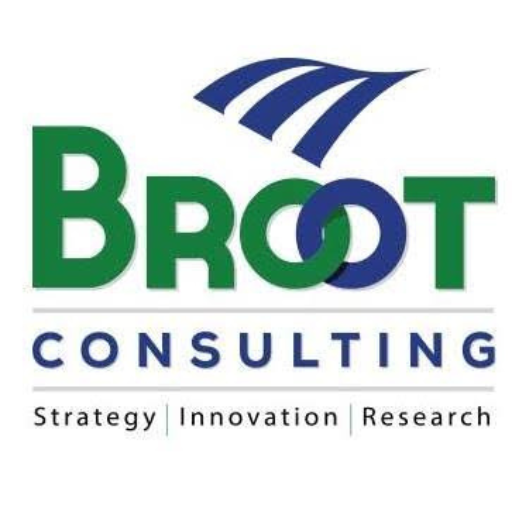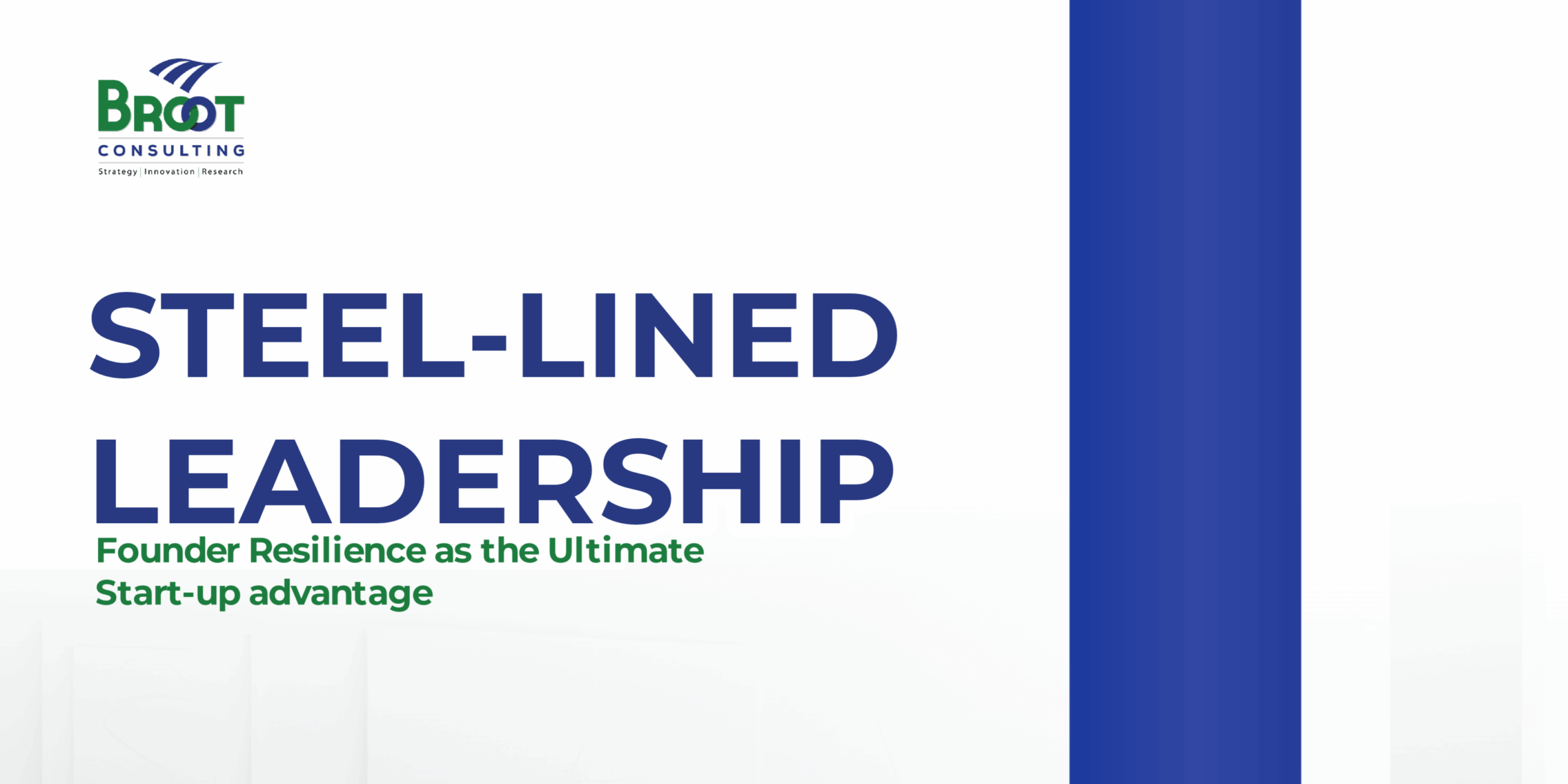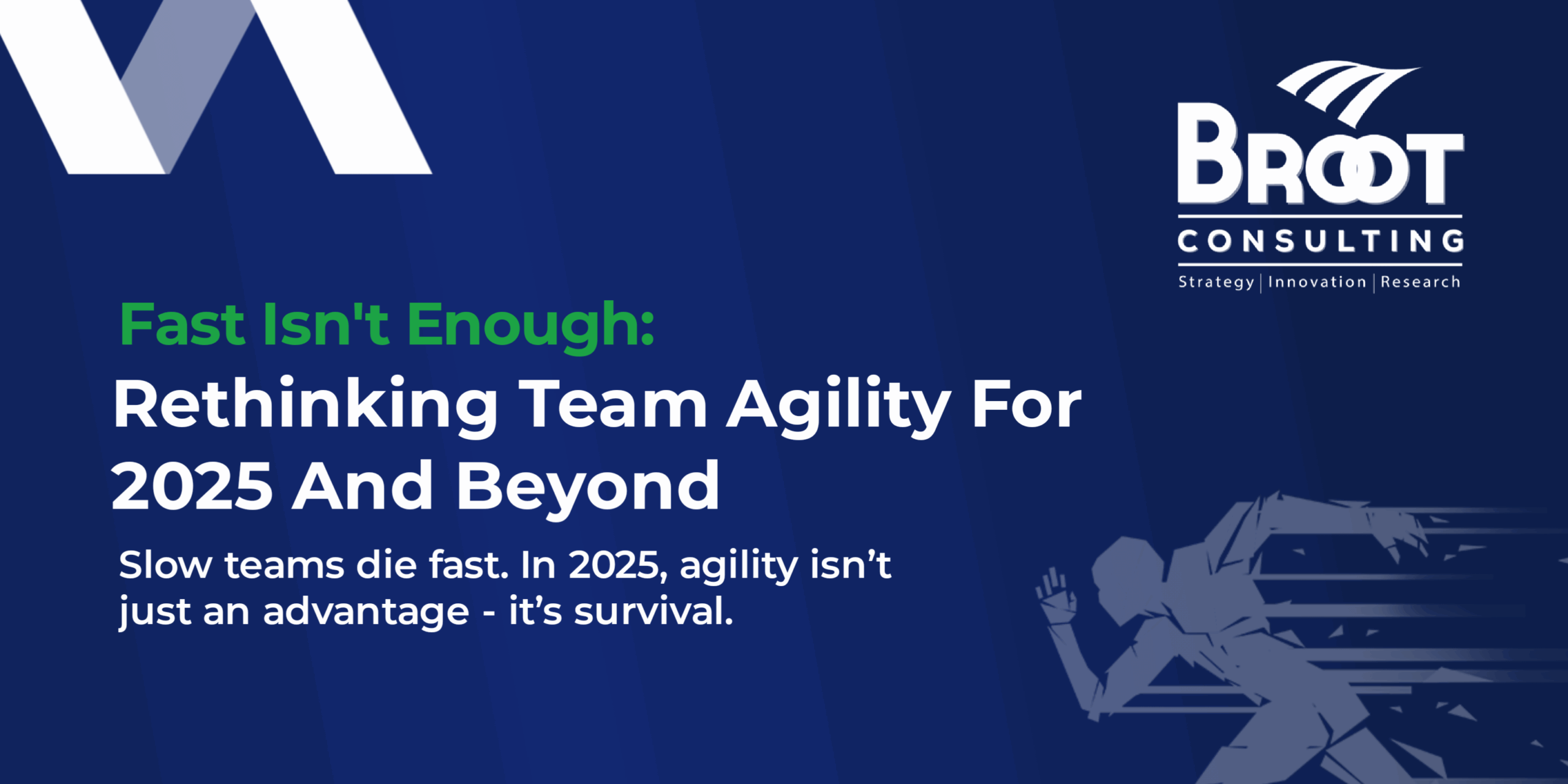Success today requires the agility and drive to constantly rethink, reinvigorate, react and reinvent. -Bill Gates
Wrong People with Right Ideas?
To become successful in today’s VUCA World, leaders must abandon yesterday’s way of thinking, especially the command and control approach. To become agile and adaptive, an organisation must maintain a continual readiness to change and radically examine what it does and how it does it. In 1714, the British government offered the sum of £20,000 (three million pounds in today’s equivalent) to anyone who could come up with a solution to for accurate determination of the longitude for long distance travel on the high sea. Ten years after the announcement of the prize award, no solution was forthcoming from the revered science community of the most brilliants and well-trained European astronomers. Then, John Harrison, a self-educated English carpenter from Yorkshire took up the challenge. In 1761 John Harrison came up with a design that proved accurate for the long voyage to Jamaica, on return to England it was clear that his device (Marine Chronometer) was accurate and had solved the problem. The Marine Chronometer significantly increased the safety of long-distance sea travel, but the scientific community refused to honour him. They could not fathom how an ordinary self-taught carpenter could solve a problem that has for decades, defied the wisdom of the brightest of the scientist. It took the intervention of King George III for John Harrison to get the award and further prize money of £8750 in 1773! What was this man’s sin that he was only rewarded three years before his death? A carpenter is not expected to solve even the dumbest of the scientific problem.
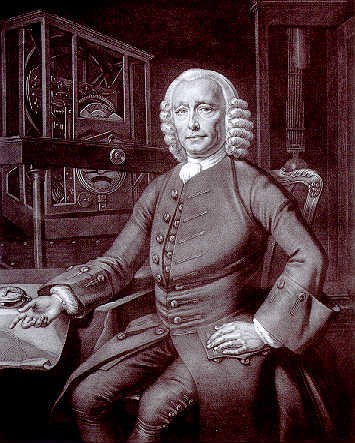
Barry Marshall and Robin Warren are obscure doctors in Australia; both have interesting personalities with different temperaments. Barry was regarded as being brash, enthusiastic, energetic and creative. Warren, on the other hand, was thoughtful and a careful observer. Barry worked as a consultant pathologist with Royal Perth Hospital and Marshal, a gastroenterologist from the University of Western, in Australia. In 1981, Barry shared the discovery with Warren, they eventually worked on Barry’s observation, and their experimentation challenged the age-long views that Ulcers were caused by stress, spicy foods and too much acid. They discovered that bacterium Helicobacter pylori (H. pylori) was the primary cause of peptic ulcers and that antibiotics should be used to treat ulcers. In 1983, they submitted their findings to the Gastroenterological Society of Australia; however, the reviewers rejected their paper and ranked it bottom 10% of those they received in 1983. Barry’s idea was at odds with the thinking of the international scientific community, who continued to challenge their findings with a question, how could bacteria possibly live in the acidic environment of the stomach?
After one year, frustrated by the widespread rejection of his discovery and unable to further his research, Barry Marshall did something crazy; he took H. pylori from a patient’s infected stomach, mixed it into a broth, and drank it. He thought it would take some years for him to develop an ulcer, but surprisingly, he did within three days. After he fell ill, he biopsied his gut, cultured the bacteria, and ultimately proved that H. pylori were indeed responsible for ulcers. After years of rejection by the science community, their efforts were rewarded with a Nobel Prize award for Medicine in 2005.
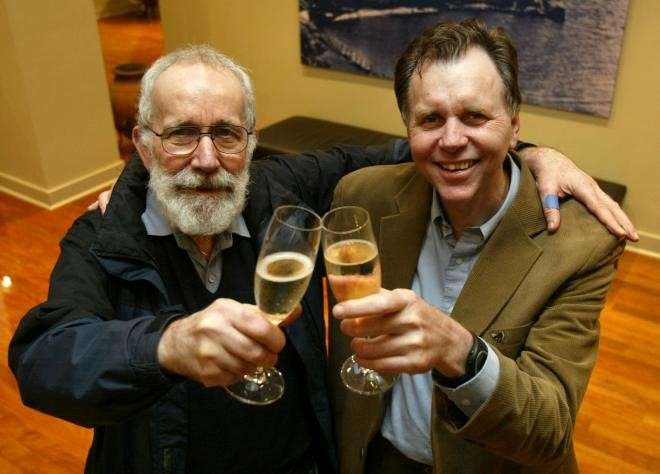
How many John Harrisons and Barry Marshals are in your organisation whose view has been subdued, whose ideas have been ridiculed, whose characters have been maligned and whose faith has been destroyed? Early detection, recognition and the empowerment of talents like Barry and Harrison is one of the reasons that set apart the agile organisation. They were opened to and quick to implement all ideas and never label anyone stupid.
Good Things Happen in Unusual Places
Agile organisations have a culture of speed, high performance, proactive responses and sensible sensing. They recognise that the dynamics in today’s market place is at the speed of light. Such organisation waste no time to identify and empower talents like that of John Harrison and Barry Marshal. They recognise that the best idea could come from the unappreciated and untested talent. While all organisation covets innovation, the reality is that not all organisations will become innovative. No meaningful innovation can take place without a complementary culture that breakdown silos, remove unnecessary bureaucracies that impede growth. In an agile organisation, the primary responsibility of managers is not to dictate and direct, but to enable their subordinates to use their full talents and capabilities in service to create value for customers. Agile Managers do not constitute themselves into an obstacle to innovation but rather help subordinates remove barriers that may prevent them from being their best in service. Last week, I made a presentation to a group of bankers from one of the commercial banks in Nigeria. Typically, my approach whenever I make any presentation is to bring the disruptive trend to the consciousness of my audience as it may impact their industry and jobs and challenge on the need change how they have been doing their trade. At the close of my presentation, a lady walked up to me to show sincere appreciation. She said she is going to move things around very quickly in her department and tell everyone how they must behave and operate and do things henceforth. This got me thinking and my response, was hey! My sister, you cannot drive innovation culture by executive fiat because an Innovation environment requires a culture of trust, commitment, diversity and inclusion; all these can only be achieved through discipline and strong determination.
What is an Agile Organisation?
Agile organisations innovate and develop products and services that rapidly meet your customers’ needs. This is what set apart companies like Dangote Group Stanbic-IBTC in Nigeria and global brand like Apple, Google, Amazons. Rigid execution of processes and policies negates the principle of innovation because innovation requires flexibility and fresh thinking and perspectives. Highly revered management gurus did not discover agile thinking but by people who hitherto are least interested in management issues, people who do not go by the conventional style of “shirt and tie” or “gowns and high heels” mentality. They are free-beings who sometimes appeared unkempt and geeky. They are software developers who in 1990 were frustrated by the perennial challenges of sinking huge money in software development that is never finished on budget, time or quality thus upsetting clients and by extension making their organisation lose money.
Is Your Organisation Agile?
If you continue to experience delays in processing and approvals, delays in rolling out new products, delays that make the best talent slip from your recruitment, delays in serving your customers and vendors then your organisation is bedevilled by the traditional management thinking. If you have not developed a dynamic capability that enables your organisation to adapt quickly to new challenges and opportunities, then your organisation is not agile. Agile organisation respond quickly; they are nimble; they empowered their staff to act and make their task appear simple.
Agile Organisations are known for greater dexterity in satisfying the need of the customers and therefore by extension, they have a faster time to the market, continuously record higher revenue growth, lower cost of doing business and have an engaged and fulfilled workforce. Does everyone in your organisation have a transparent and accountable role? Are they unified around the organisation purpose and vision? Do you have an effective communication system that enables a free flow of information?
How to Create an Agile Environment
Creating an agile environment is not as easy as it sounds; it requires a total culture overhaul and remembers, culture change does not happen by executive fiat. The following are some of the steps that you could take to transform your organisation into an agile institution.
- Shift focus from Shareholder Value Maximisation: There is an intense pressure that comes with being a large institution; most of the large companies operate under the maxim of shareholder value maximisation that ensures that they make a profit for the shareholders at all cost. The profit motif shift focus from customers and customers are seen as a means to an end. An Agile organisation, however, are incurably customer-centric, their primary focus is creating and delivering superior value to the customer, and at the end, they achieve a higher return than the profit-focused organisations.
- Discard the Boss and “Babysitting” Mentality: A manager with a “babysitting” mentality is a disservice to the organisation. There is an incurable ego that comes with being the boss and it is for this reason that boss is sometimes viewed as a demi-god who knows everything; therefore, employees use just a tiny part of their thinking skill. Managers with boss mentality are creativity killers. In an agile organisation, the managers trust the talents and the capacity of this team to get the job done beyond expectation.
- Do a Culture Assessment and Evaluation: The best way to become agile is to identify the impediment against agile practices. The major obstacle is the ongoing culture, and for organisations seeking to become more adaptive and innovative, culture change is often the most challenging part of the transformation. Innovation demands new behaviours from leaders; employees must be supported to think critically and bring fresh ideas that help the organisation.
- Embrace Inclusion and Diversity: As can be seen in the story of Harrison and Marshal, an inclusive system enables access to diverse talents who hitherto would have lived without impact if an opportunity is not given. When you allow everyone to bring their ideas to the table, you have the opportunity to solve the problem faster and better.
- Breakdown silos and unnecessary Bureaucratic Processes: Unnecessary groupings, discriminations and compartmentalisation complicate things for the organisation. Many ideas die in the long line of bureaucratic processes without any fighting chance for survival. When you create easy and faster access to decision making, great ideas will flow faster to your organisation.
6. Arm Your People with the Best Team and Tools
Just as the customers are the focus of the agile organisation, the employees are the road to them. Even with all the zeal and zest, employees can do very little when they do not have the right tools. The best thing that an organisation can do for itself is to empower its employees with the right tools to bring out the best in their creative armoury.
Conclusion
Changing a corporate culture or ideology cannot come through executive decree, which most times comes in the form of policies, regulations, reporting system or job descriptions. The best way to become agile is to remove rigidity and stop acting like the boss that knows it all; such practices are archaic, kill creativity and makes the “boss” less effective. The most effective way of reaching the core of your employee is to give them a more profound meaning through storytelling and emotional connection that enable them to embrace a different mindset, productive attitudes, robust value system and more in-depth understanding and appreciation of the organisation purpose.
